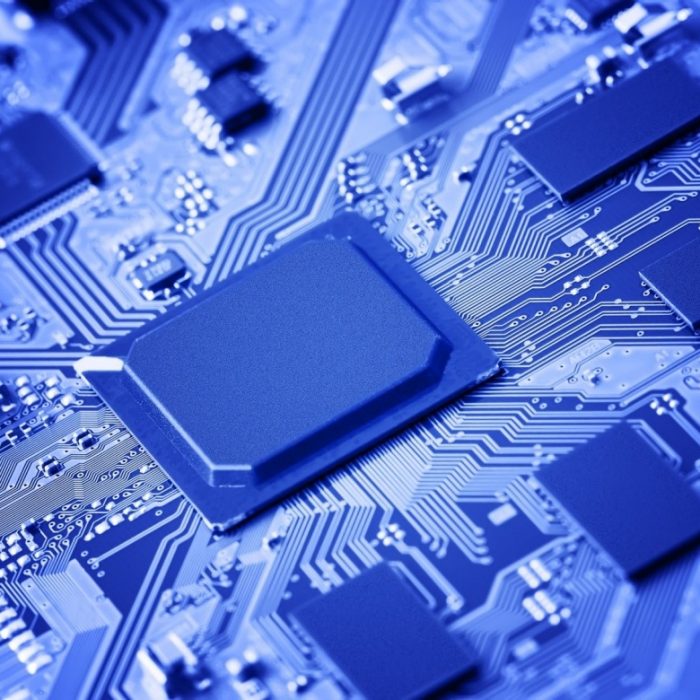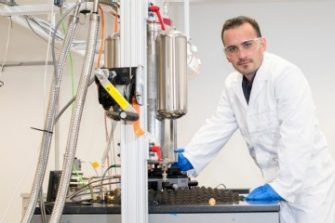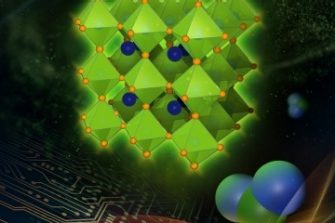Electronics & communications

Communication and computing devices, such as mobile phones and notebooks, are now being used by billions of people in their daily life. These devices are generally built with a complex combination of electronic materials.
Exciting innovations and developments in the field of electronic materials are waiting to happen, to advance future groundbreaking technologies.
In this area, we conduct interdisciplinary research in areas such as condensed matter physics, materials science and device engineering. This includes world-class research on the fabrication, structure, and properties characterisation and applications of electronic materials.
Our vision is to develop next-generation electronic materials and underpin its broad collaborative base and its ability to attract students and researchers from a range of disciplines.











